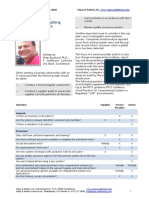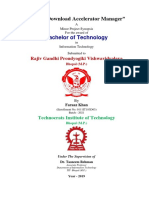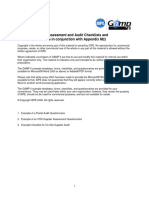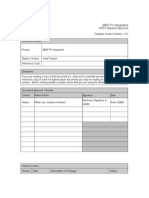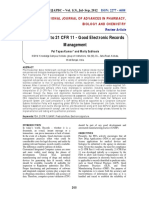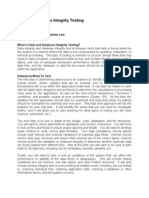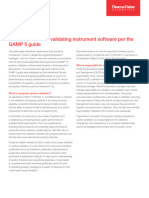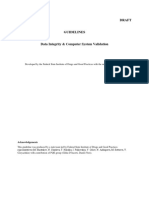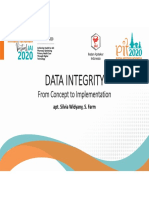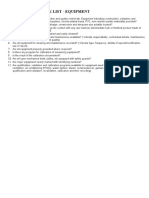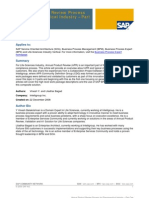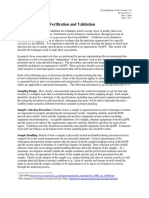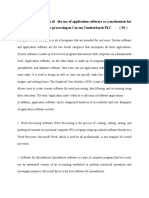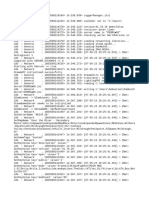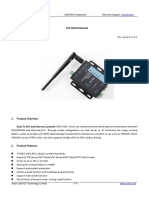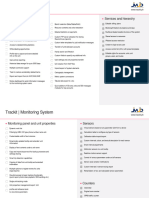0% found this document useful (0 votes)
190 views8 pagesData Validation, Processing, and Reporting Data Validation
This document discusses data validation, processing, and reporting. It describes:
1) Data validation includes inspecting collected data for completeness and reasonableness, and removing erroneous values to produce validated data. This validated data is then processed to create summary reports.
2) Data processing calculates values from the validated data set and bins the data into subsets based on averaging intervals to evaluate resources. Reports are then produced from these processed data subsets.
3) Quality assurance reporting is also discussed as an important part of monitoring programs to ensure data quality.
Uploaded by
Naga Ajay Kumar DintakurthiCopyright
© Attribution Non-Commercial (BY-NC)
We take content rights seriously. If you suspect this is your content, claim it here.
Available Formats
Download as DOCX, PDF, TXT or read online on Scribd
0% found this document useful (0 votes)
190 views8 pagesData Validation, Processing, and Reporting Data Validation
This document discusses data validation, processing, and reporting. It describes:
1) Data validation includes inspecting collected data for completeness and reasonableness, and removing erroneous values to produce validated data. This validated data is then processed to create summary reports.
2) Data processing calculates values from the validated data set and bins the data into subsets based on averaging intervals to evaluate resources. Reports are then produced from these processed data subsets.
3) Quality assurance reporting is also discussed as an important part of monitoring programs to ensure data quality.
Uploaded by
Naga Ajay Kumar DintakurthiCopyright
© Attribution Non-Commercial (BY-NC)
We take content rights seriously. If you suspect this is your content, claim it here.
Available Formats
Download as DOCX, PDF, TXT or read online on Scribd
/ 8






